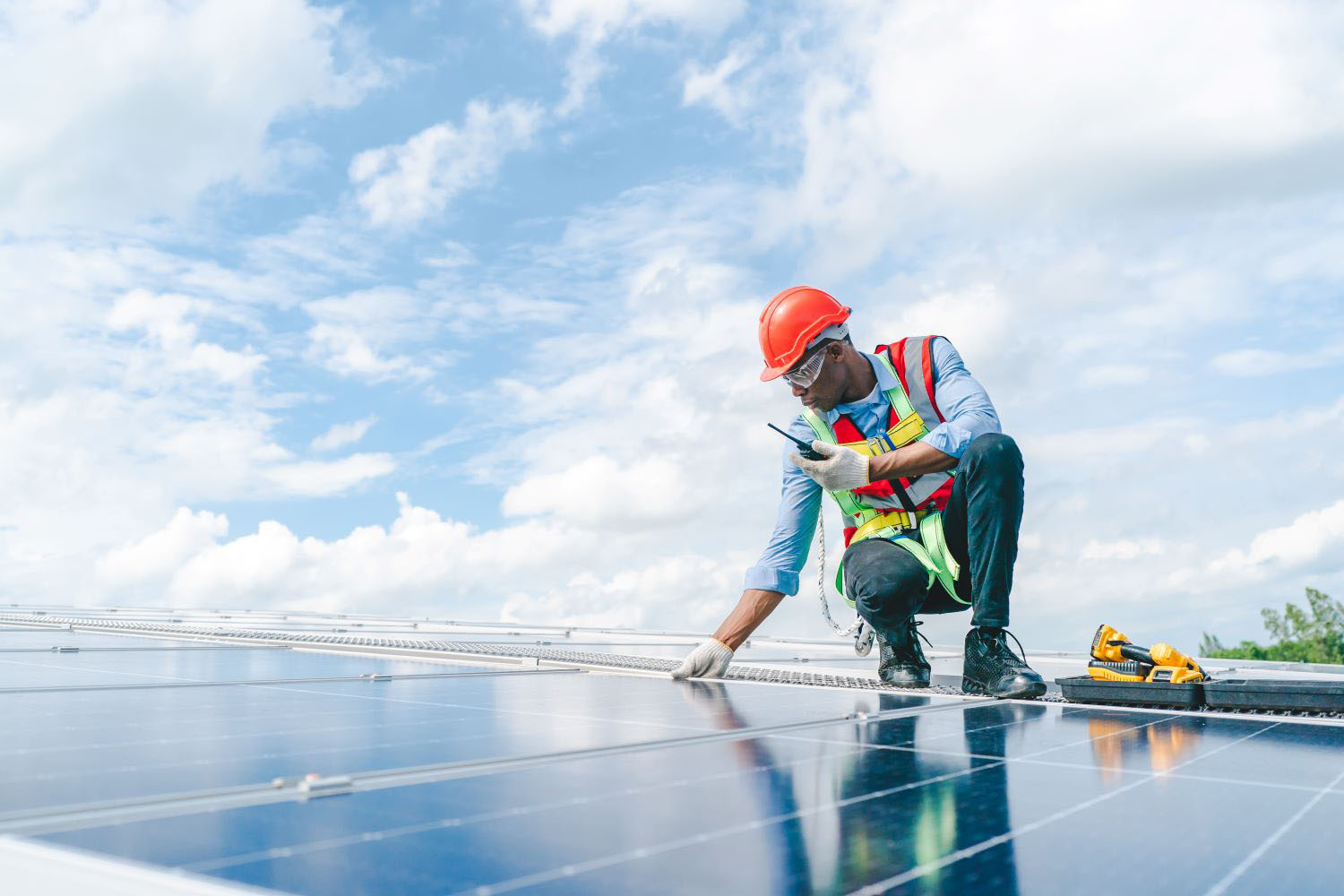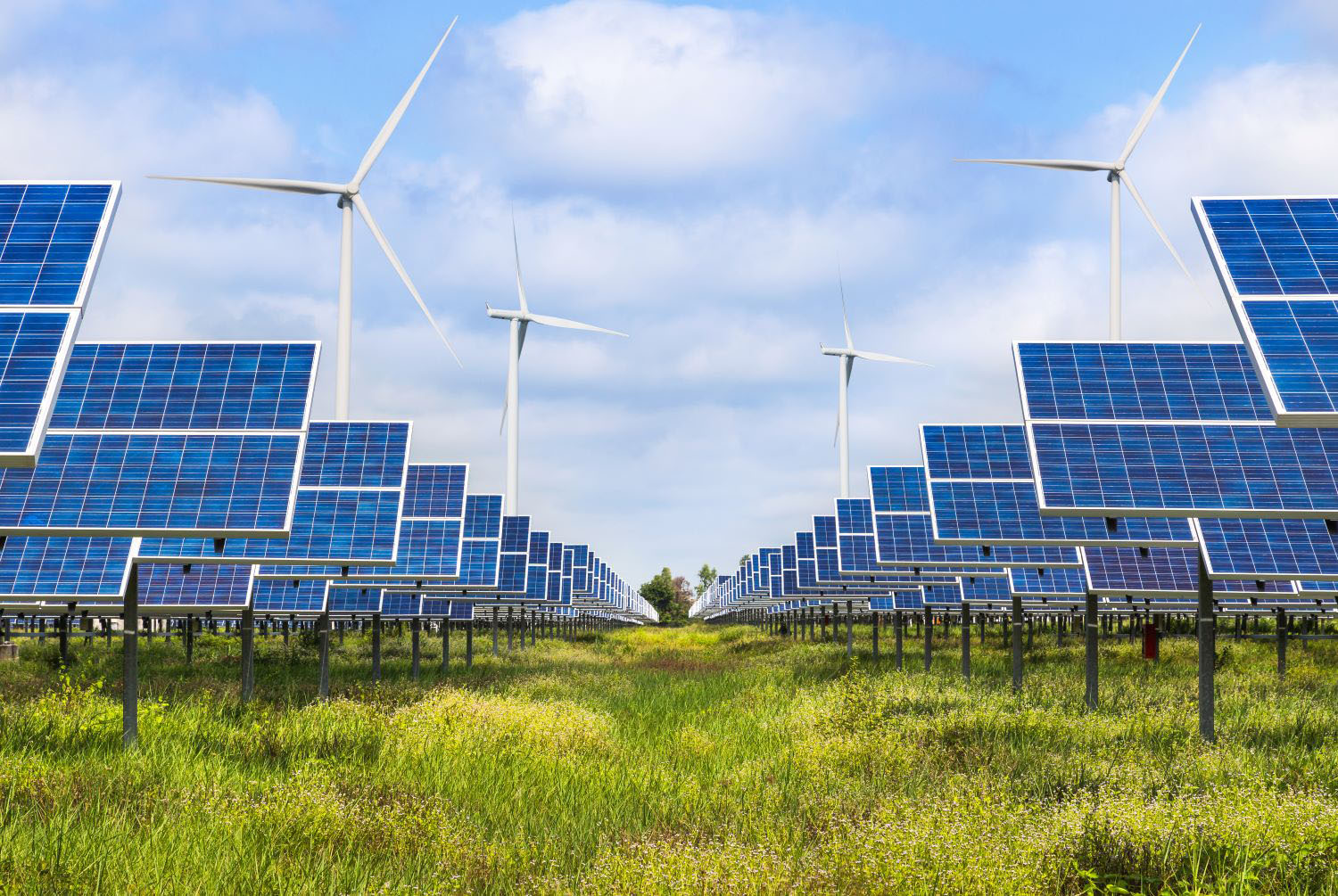Recommended

Blog Post
The Inflation Reduction Act (IRA), signed into law last year, will provide the United States with $370 billion in direct investments in clean energy, and possibly spur far more through tax credits. The IRA is expected to stimulate a green transition in the US. And it will turbocharge the US green labor market, with more than 1.5 million new clean energy jobs projected by 2030—a that figure could grow to as high as 2.9 million.
According to estimates, nearly 60 percent of these jobs won’t require a college degree; only around 11 percent will require an associate degree. These jobs will further test a tight mid-skill labor market. For instance, the construction sector already faces a shortage of nearly half a million workers, and it will likely get worse. Experts warn of a ‘silver tsunami’ over the coming decade: from 2021 to 2031, 1.7 million workers are expected to leave the infrastructure sector each year, all while demand is ramping up.
Given the scale of labor demand, timeframes set by policy commitments, and the limits of the US training and up-skilling ecosystem, it is likely that skilled labor migration will need to play a role in filling the gap. In October, CGD hosted a roundtable of senior industry representatives, academics, and policymakers, to explore these issues under Chatham House Rule. This blog summarizes the key points from this discussion.
Green jobs in the US
The jobs needed for the green transition are diverse, but often relatively low-skilled. For example, not all solar panel installers have to be electricians; there are also many roles for less-skilled supporting staff. Most workers will hold industry credentials and associate degrees at most. For many roles, a career can start without any specific knowledge, and further skills can be obtained through modular training at community colleges or on-the-job. Because of this, “there’s no sugar-coating” the fact that there is no wage premium to entering most green roles, as one participant put it.
Currently, institutional data on green job skill needs and locations is sparse. The Occupational Information Network (O*NET) uses six different names for ‘solar panel installer,’ each with slightly different skill needs; different companies will pick varying names from this list when reporting employment. The Department of Labor only introduced a new set of industry-specific occupational employment and wage estimates for the solar sector in May 2022. This should help, but good data remains lacking even beyond the solar sector. US government data systems register ‘automobile’ workers, for example, but don’t differentiate between ‘electric vehicle’ and ‘internal combustion engine.’
Domestic supply
By 2030, green sectors across the US labor market are projected to be short at least 1.5 million workers. Domestic training and up-skilling will be crucial to addressing those needs but will not be adequate. Firstly, there is a geographical mismatch: new jobs won’t necessarily be located in the same places as old jobs, and frictions—such as mortgages or school commitments—limit labor reallocation. Secondly, there is likely to be a skills mismatch: many ‘brown’ energy jobs are high-skilled and high-paid, whereas new green jobs are often lower-skilled and lower-paid, limiting cross-sector mobility. Thirdly, there is a time mismatch: green sectors must grow exponentially in the coming decades; the fossil fuel workforce will not shrink at the same pace. Fourthly, there is a gender mismatch: those recruited into these sectors are almost all men, and until intake is broadened the pool of potential workers will be constrained. This will need to be addressed, but will take time and face frictions.
There are currently serious gaps across the hierarchy of the green workforce in the United States. There is an absolute shortage of workers at the lowest skill level; recruiting and retaining local workers for these jobs can be difficult. In the middle, insufficient through-flow from entry-level positions to those requiring greater responsibility (which may require further training) strains supply. At the top skill level, limited direct experience in green sectors can make it hard to recruit senior project executives from the existing workforce.
Training pathways are currently underdeveloped. Coordination between government, industry, and training providers is lacking. If generic training and recruitment pipelines are not improved and expanded, it will be difficult for the US to replace its aging workforce, let alone fill new roles created by IRA investments.
The role of migration
New estimates shared by one participant suggest that 40 percent of the worker shortage can be addressed through on-the-job training. The main constraint on supply may well be the willingness of existing US residents to take on the new jobs. To the extent that Americans have limited interest in these positions, migrants—even those without existing qualifications—can help address workforce needs.
While some migrants to the US are already working in green sectors, most of these workers have been in the country for many years. Very few workers currently come to the United States specifically to take up green jobs. For example, during FY2023, only four green card applications were submitted by companies on behalf of solar panel installers.
Participants shared several ways in which current visa schemes could be used to provide pathways for legal migration in support of green sectors.
The most likely option identified was the H-2B visa. The H-2B visa is a temporary work visa used to fill roles created on a seasonal, one-time, intermittent, or peak-load basis. It is a temporary visa; ‘temporary’ could apply to a wave of installations taking place within a particular area, lasting up to three years. The visa could be used for this purpose, but has not been to date. If policymakers determined it was of interest, a pilot green-skilled migration program, focusing for example on the solar industry, could be trialed using the H-2B.
The Exchange Visitor (J-1) visa is another plausible option, though one best suited to supporting relatively higher-skilled workers. The J-1 facilitates over 300,000 academic exchanges to the US each year. This non-immigrant visa allows a broad range of demographics to temporarily come to the US, including high school students, recent graduates, seasonal unskilled employees, and skilled trainees. Of the 54,000 privately funded J-1 holders currently in the US, around 40,000 are scholars, normally with universities; the government is working with industry to expand the range of businesses able to host J-1 supported researchers.
Finally, the L-1 visa, which allows international intra-company transfers, was briefly discussed but largely ruled out. While the program could allow US-based multinationals to train workers elsewhere before bringing them into the United States, the visa program requires employees to hold high positions even if not degree dependent.
Politics
A substantial share of clean energy-related investments made possible by the Biden administration’s IRA has gone to Republican-dominated states. Despite its bipartisan benefits, participants recognized that the green transition remains controversial.
Migration, similarly, is highly politicized and polarizing. Tying migration and the green transition together risks making both policy areas harder. Because of this, participants suggested that it is unlikely that entirely new ‘green-skilled migration’ routes will happen: Congress would be unlikely to approve a new approach, and the administration would be unwise to pursue it. They also suggested, as during a similar roundtable held in the UK, that the concept of ‘green-skilled migration’ may itself be unhelpful; it is more intuitive to instead simply emphasize the need to recruit the workers required to grow the economy in low-carbon ways.
Takeaways
This roundtable was meant to allow participants to share information, get a better understanding of the green transition’s labor needs and challenges, and explore the possible contribution of migration. Our main takeaway was the sheer possibility migration offers. If 40 percent of the labor market gap has no prerequisites, the challenge of supplying low- and mid-skill labor for green jobs appears almost uniquely amenable to migration policy.
This is an area that needs more attention. This conversation was an initial information-gathering exercise and gave plenty of food for thought. The next steps for CGD involve further discussion, and an attempt to set out in detail how labor migration pathways could be created. Please feel free to be in touch if you have thoughts to share.
Disclaimer
CGD blog posts reflect the views of the authors, drawing on prior research and experience in their areas of expertise. CGD is a nonpartisan, independent organization and does not take institutional positions.
Image credit for social media/web: chokniti / Adobe Stock






